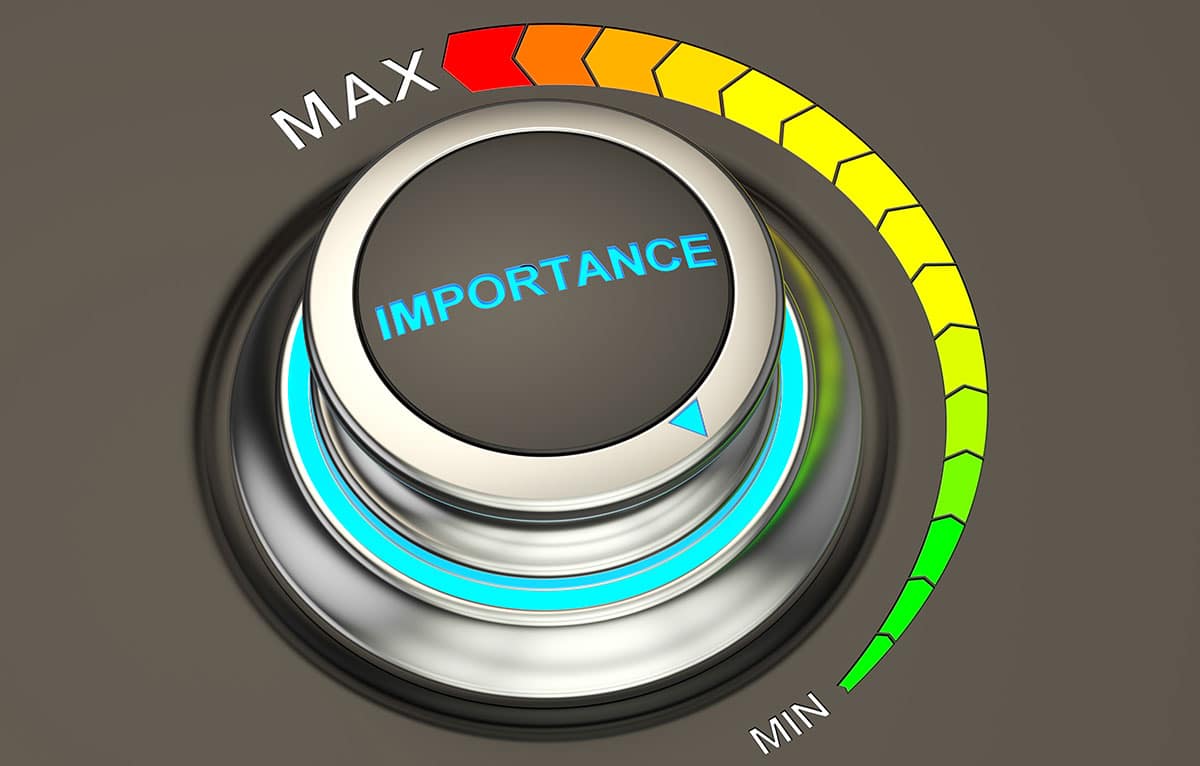The Importance of Patent Protection for Inventors

Patent protection is granted for a product, an invention, or a process with a particular function and provides the inventor with exclusive rights to benefit from their invention. Patent protection allows inventors to protect their ideas from infringement and unauthorized use for a specific time.
Furthermore, patent protection allows inventors to prevent others from copying, making, or selling their inventions without permission. This is particularly important because it ensures that the inventor can reap the rewards of their hard work and creativity. It also gives the inventor a competitive advantage by providing them with exclusivity.
How Patents Protect Inventors
As mentioned earlier, patents are essential for inventors to protect their ideas from unauthorized use and infringement. patent protection grants the inventor exclusive rights to make, use, and sell their invention for a certain period. This means no one else can copy or profit from the invention without permission.
Moreover, patent protection also serves as a deterrent for others who may be tempted to infringe or copy an invention. By granting the inventor exclusive rights to benefit from their invention, patent protection sends a clear message that any unauthorized use of the invention will not be tolerated and could lead to legal action.
Finally, patent protection also allows inventors to license their invention. This allows the inventor to receive royalties or other forms of compensation when others use their invention. In addition, licensing agreements can provide additional benefits, such as increased distribution and exposure for the inventor’s product.
The Benefits Of Patent Protection
An exclusionary right to benefit from their invention is one of the primary benefits for inventors who register a patent. Patent protection allows the inventor to benefit financially from their creation by licensing it or selling the patent. Additionally, having a patent also offers other financial benefits such as increased market visibility, which can lead to more sales or investments.
While the financial benefits of patent protection are undeniable, there are also non-financial benefits. Patent protection can help inventors establish a reputation as an innovator in their field and attract investors who may be interested in investing in the inventor’s product or idea.
Patent protection also incentivizes inventors to continue striving for innovation and creativity by protecting their ideas from infringement.
For small businesses and independent inventors, a patent levels the playing field by providing the same exclusive rights to benefit from an invention that larger organizations have. Large corporations have the expertise, funding, marketing relationships, and distribution channels beyond those of a small company or startup.
This can make it difficult for small businesses to compete in the marketplace. However, with a patent, the inventor can sue an infringing company, even a large corporation, for damages.
The Patent Application Process
The application process for patent protection varies depending on the jurisdiction and type of patent being sought. Generally, the patent application process consists of several steps:
1. Keep a Written Record Of Your Invention
The patent application must include a written description of the invention, including drawings and diagrams if necessary. This is crucial because it establishes patent ownership by providing clear evidence that the inventor was first to conceive of the invention.
2. Patent Application Filing
You must show how your invention works, how it was made, and its features. Patent applications must be filed with the patent office in the jurisdiction where patent protection is being sought. This ensures that patent protection is granted in that jurisdiction only.
3. Evaluate the Commercial Potent Of Your Invention
After the Patent application has been filed, it must be evaluated to determine whether patent protection is warranted. Patent examiners consider factors such as novelty, non-obviousness, and commercial potential when determining whether patent protection should be granted.
Furthermore, the process requires thousands of dollars in legal fees and can take up to several years before patent protection is granted. That’s why the applicant must conduct a patent search to determine whether any similar patent applications have already been filed. This is important because patent protection is only granted to inventions that are novel or non-obvious.
4. Prepare and File An Application With the USPTO
Once patent protection is granted, patent owners must regularly monitor patent infringement to ensure that others are not using their patent without authorization. Patent holders must also prepare and file an application with the United States Patent and Trademark Office (USPTO) in order to maintain patent protection.
Also, patent owners must keep up to date on patent law and regularly review their patent portfolio. This is important because patent protection can be revoked if patent holders fail to comply with patent laws or do not adequately protect their patent rights.
Wrapping Up
Patent protection is an invaluable tool for inventors to protect their work and benefit financially from their inventions. Patent law is complex, but with a comprehensive understanding of the patent application process, patent owners can maximize the potential rewards of patent protection. Patent protection also assures inventors that their work will be recognized and respected in the marketplace.
However, it is essential to note that patent protection can only be granted if the patent application meets all of the patent office’s criteria. Patent owners must regularly monitor patent infringement to ensure their rights are adequately protected. And with that, patent protection can help inventors realize their dreams and make a lasting impact.








